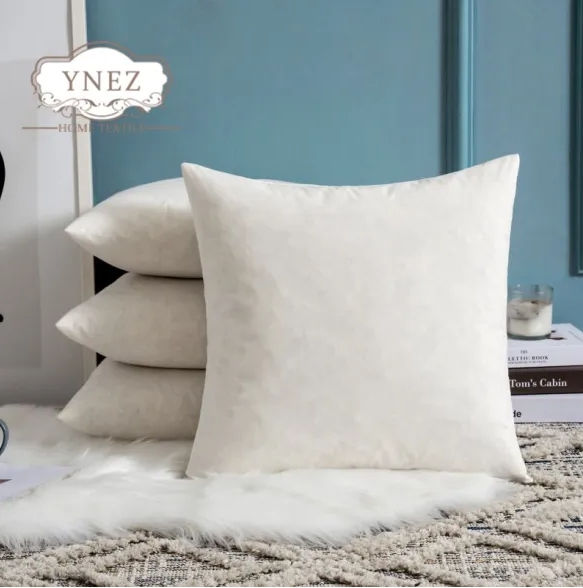How to Choose a Pillow: Everything You Need to Know
Selecting the right pillow is crucial for a good night's sleep and overall well-being. With so many options available in the market, it can be overwhelming to decide which one is best suited for your needs. However, fear not! In this comprehensive guide, we'll delve into the key factors you should consider when choosing a pillow, backed by scientific research and expert recommendations.
Understanding Your Sleeping Position
The first step in selecting the perfect pillow is understanding your preferred sleeping position. Whether you're a side sleeper, back sleeper, or stomach sleeper, the pillow you choose should provide adequate support to keep your spine aligned properly throughout the night.
Side Sleepers
For side sleepers, a firm pillow with extra loft is ideal. This helps maintain proper alignment of the head and neck, preventing strain and discomfort. Look for pillows with contoured designs or gussets to provide optimal support for the neck.
Back Sleepers
Back sleepers require a medium-firm pillow that cradles the natural curve of the neck while providing enough support to prevent it from sinking too deeply into the pillow. Memory foam or latex pillows are excellent choices for back sleepers, as they conform to the shape of the head and neck without losing their supportive properties.
Stomach Sleepers
Stomach sleepers should opt for a softer, flatter pillow to prevent strain on the neck and spine. Pillows made of down or down alternative are lightweight and easily moldable, making them ideal for stomach sleepers.
The 12 top American interior designers you need to know
Top Benefits of Microfiber Cleaning Towel Rolls
How to Choose the Best Microfiber Cleaning Towel Roll?
4 Tips to Select the Perfect Microsuede Fabric Sale
4 Tips to Select the Best Microfiber Cleaning Products
What factors influence warp and weft knitting choices?
Unlocking Style: The Versatility of Diamond Cloth
Material Matters
The material of the pillow plays a significant role in its comfort and durability. There are several options available, each with its own unique properties.
Memory foam pillows contour to the shape of your head and neck, providing personalized support and pressure relief. However, they may retain heat, which can be uncomfortable for some sleepers.
Latex pillows are naturally hypoallergenic and resistant to dust mites and mold. They offer a good balance of support and comfort and are more breathable than memory foam.
Down and down alternative pillows are soft, fluffy, and lightweight. They offer excellent cushioning and are highly customizable, but may require frequent fluffing to maintain their loft.
Consider Allergies and Sensitivities
If you suffer from allergies or sensitivities, it's essential to choose a pillow that won't exacerbate your symptoms. Hypoallergenic pillows made of natural materials like latex or down alternative are a safe bet for allergy sufferers. Additionally, look for pillows with removable, washable covers to keep them clean and free of allergens.
Conclusion
Choosing the right pillow is not a one-size-fits-all endeavor. It requires careful consideration of your sleeping position, personal preferences, and any specific health concerns you may have. By understanding the factors outlined in this guide and taking the time to test different pillows, you can ensure restful nights and wake up feeling refreshed and rejuvenated. Remember, investing in a quality pillow is investing in your overall health and well-being.
Warp Knitting vs. Weft Knitting: Which Technique Reigns Supreme?
Warp Knitting Scrub Cloth vs. Traditional Scrub Cloth: Which Is Better?
Is Your Zigzag Scrubbing Mop Leaving Behind Streaks and Dirt?
Mops Hairdressing vs Traditional Cuts: Which Style Reigns Supreme?
Warp Knit vs Weft Knit: Key Differences Explained
Microsuede Fabric Sale: Top 5 Tips for the Best Deals!
Is Microsuede Fabric Eco-Friendly and Safe for My Family?
None
None
Related Articles




Comments